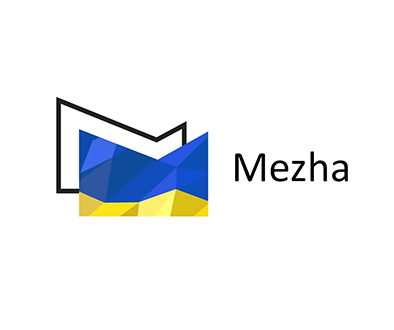GigaIO Unveils 32 GPU Single-Node Supercomputer
Note: This article originally appeared on channeldrive.in, click here to read the original piece.
GigaIO, the leading provider of workload-defined infrastructure for AI and technical computing workflows, recently announced that it successfully configured 32 AMD Instinct MI210 accelerators to a single server utilizing the company’s transformative FabreX ultra-low latency PCIe memory fabric.
Available today, the 32-GPU engineered solution, called SuperNODE, offers a simplified system capable of scaling multiple accelerator technologies such as GPUs and FPGAs without the latency, cost, and power overhead required for multi-CPU systems.
As large language model applications demand even more GPU performance, technologies that reduce the number of required node-to-accelerator data communications are crucial to providing necessary compute power at improved infrastructure TCO.
“As AI workloads become more broadly adopted, systems that offer the ability to harness the compute power of multiple GPUs and better manage data saturation at ultra-low latency are essential,” said Mark Nossokoff, Research Director, Hyperion Research. “And as large language model applications drive demand for more GPU performance, technologies that work to minimize node-to-accelerator traffic are better positioned to provide the necessary performance for a robust AI infrastructure.”
“AMD collaborates with startup innovators like GigaIO in order to bring unique solutions to the evolving workload demands of AI and HPC,” said Andrew Dieckmann, corporate vice president and general manager, Data Center and Accelerated Processing, AMD. “The SuperNODE system created by GigaIO and powered by AMD Instinct accelerators offers compelling TCO for both traditional HPC and generative AI workloads.”
GigaIO’s SuperNODE system was tested with 32 AMD Instinct MI210 accelerators on a Supermicro 1U server powered by dual 3rd Gen AMD EPYC™ processors, using Hashcat and Resnet50. Both tests demonstrated unprecedented scalability, with Hashcat showing a 100% scale factor and Resnet 99%.
GigaIO provides workload-defined infrastructure through its dynamic memory fabric, FabreX, which seamlessly composes rack-scale resources and integrates natively into industry-standard tools.
FabreX lets customers build impossible servers for AI and technical computing— from storage to accelerators to memory — at a fraction of cloud TCO, by optimizing the utilization and efficiency of their existing hardware, allowing them to run more workloads faster at lower cost through more agile deployment.
View source version on channeldrive.in: https://channeldrive.in/hpc/gigaio-unveils-32-gpu-single-node-supercomputer/


